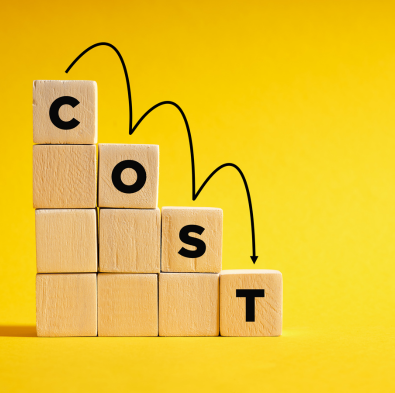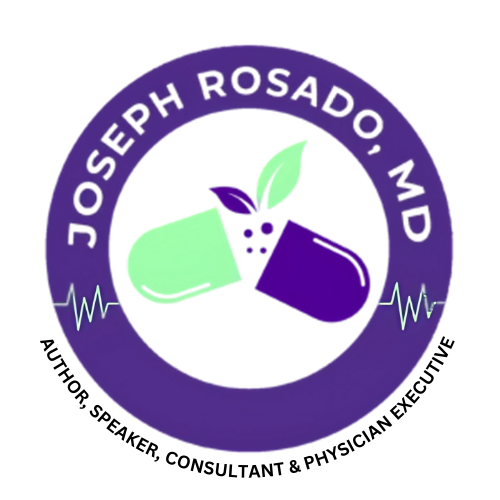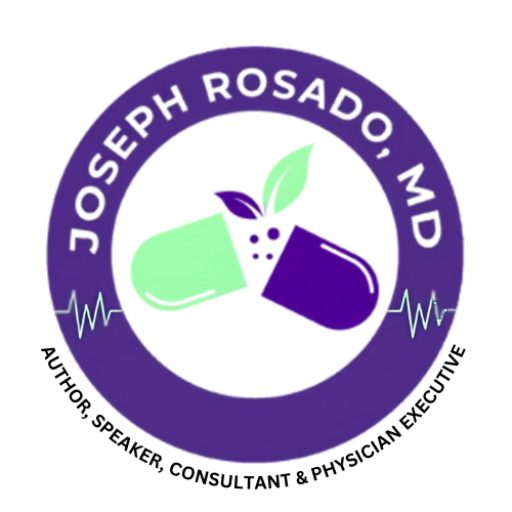IV Ketamine Therapy: A Powerful Option for Depression and PTSD

That’s where IV ketamine therapy may offer new hope.
Originally used as an anesthetic, ketamine is now one of the most studied and promising treatments for severe mood disorders—and IV administration remains the gold standard.
What Is IV Ketamine Treatment?
IV (intravenous) ketamine treatment involves administering low doses of ketamine directly into your bloodstream in a controlled clinical setting. This method offers:
- 100% bioavailability, meaning your body absorbs the full dose
- Fast-acting relief, often within hours
- A supervised, supportive environment to ensure comfort and safety
Patients typically receive a series of infusions over 2–3 weeks, followed by maintenance sessions if needed.
How Does IV Ketamine Work for Depression and PTSD?

Unlike traditional antidepressants that target serotonin or dopamine, ketamine works on a different brain chemical: glutamate. This change in mechanism allows ketamine to:
- Stimulate rapid neuroplasticity (the brain’s ability to form new connections)
- Reduce activity in areas tied to rumination, fear, and trauma
- Help “reset” the brain’s response to stress, emotional pain, and trauma memories
The result? Faster relief from suicidal thoughts, emotional numbness, or overwhelming fear.
Benefits of IV Ketamine for Depression and PTSD

Many patients feel a noticeable shift within 24–72 hours, even after years of medication failures.
Ketamine has shown life-saving potential in reducing suicidal ideation almost immediately.
By relieving emotional paralysis, ketamine can make talk therapy more productive.
IV ketamine can calm hypervigilance, flashbacks, and emotional reactivity in patients with PTSD—without dulling the senses.
Even if you’ve tried multiple antidepressants or trauma therapies without success, ketamine may still be effective.
Risks and Side Effects of IV Ketamine
While ketamine is generally safe when administered in a clinical setting, it’s not without risks.
- Dissociation or “out-of-body” feelings
- Nausea or dizziness
- Mild increases in blood pressure or heart rate
- Blurred vision or mild hallucinations (temporary)
- Headaches or fatigue post-session
- Emotional sensitivity for a few days
- Temporary increase in anxiety in rare cases
These effects usually wear off within 1–2 hours, and patients are monitored throughout the session. Long-term risks are minimal with responsible dosing and supervision.
What Happens During a Session?
Here’s what you can expect from a typical IV ketamine treatment:

Many patients feel a noticeable shift within 24–72 hours, even after years of medication failures.
Ketamine has shown life-saving potential in reducing suicidal ideation almost immediately.
By relieving emotional paralysis, ketamine can make talk therapy more productive.
IV ketamine can calm hypervigilance, flashbacks, and emotional reactivity in patients with PTSD—without dulling the senses.
Many clinics offer or recommend therapy between sessions to help integrate emotional breakthroughs or shifts.
Who’s a Good Candidate for IV Ketamine?
You may benefit if:
- You’ve tried two or more antidepressants with limited success
- You experience chronic depression, PTSD, or suicidal thoughts
- You feel emotionally numb, stuck, or disconnected from your life
- You’re open to a guided medical approach to healing
Patients with a history of schizophrenia, uncontrolled blood pressure, or recent substance misuse may not be eligible. A full assessment will determine your fit.
Cost of IV Ketamine Therapy: What to Expect
Ketamine therapy is not typically covered by insurance, though that’s beginning to change in some states and with some providers.


Average Cost Breakdown (Per Session):
- Initial consult: $150–$300
- IV infusion (per session): $400–$800
- Full series (6 sessions): $2,400–$4,800
Some clinics offer financing plans, sliding scales, or package discounts for multiple sessions. A consultation will give you a clear breakdown of your total cost.
FAQs: IV Ketamine Therapy for Depression and PTSD
Some patients feel relief within hours. Others see improvements after 2–3 infusions.
It varies. Many patients report several weeks to months of relief. Booster infusions may be scheduled as needed.
Not usually. Some patients feel a dreamlike or “floaty” sensation, but it’s typically calming, not scary.
Yes, and it may actually reduce the intensity and frequency of flashbacks over time.
In most cases, yes—but your prescribing doctor will advise based on interactions.
IV delivers the most consistent, fast-acting results. Other forms (like lozenges) are less potent but may be useful for ongoing maintenance.
Arrive well-rested, hydrated, and without eating for 2–3 hours before. Wear comfortable clothes and arrange a ride home.
That’s normal. Medical staff are trained to help you feel safe and grounded during and after the session.
Final Thoughts: A Breakthrough Worth Exploring
IV ketamine treatment isn’t just a new option—it’s a new hope for those struggling with mental health conditions that resist traditional care.
It works differently. It works faster. And for many, it works when nothing else has.
Whether you’re battling deep depression, haunted by trauma, or feeling disconnected from joy, ketamine could be a doorway back to yourself—with medical guidance, emotional support, and compassionate care.





